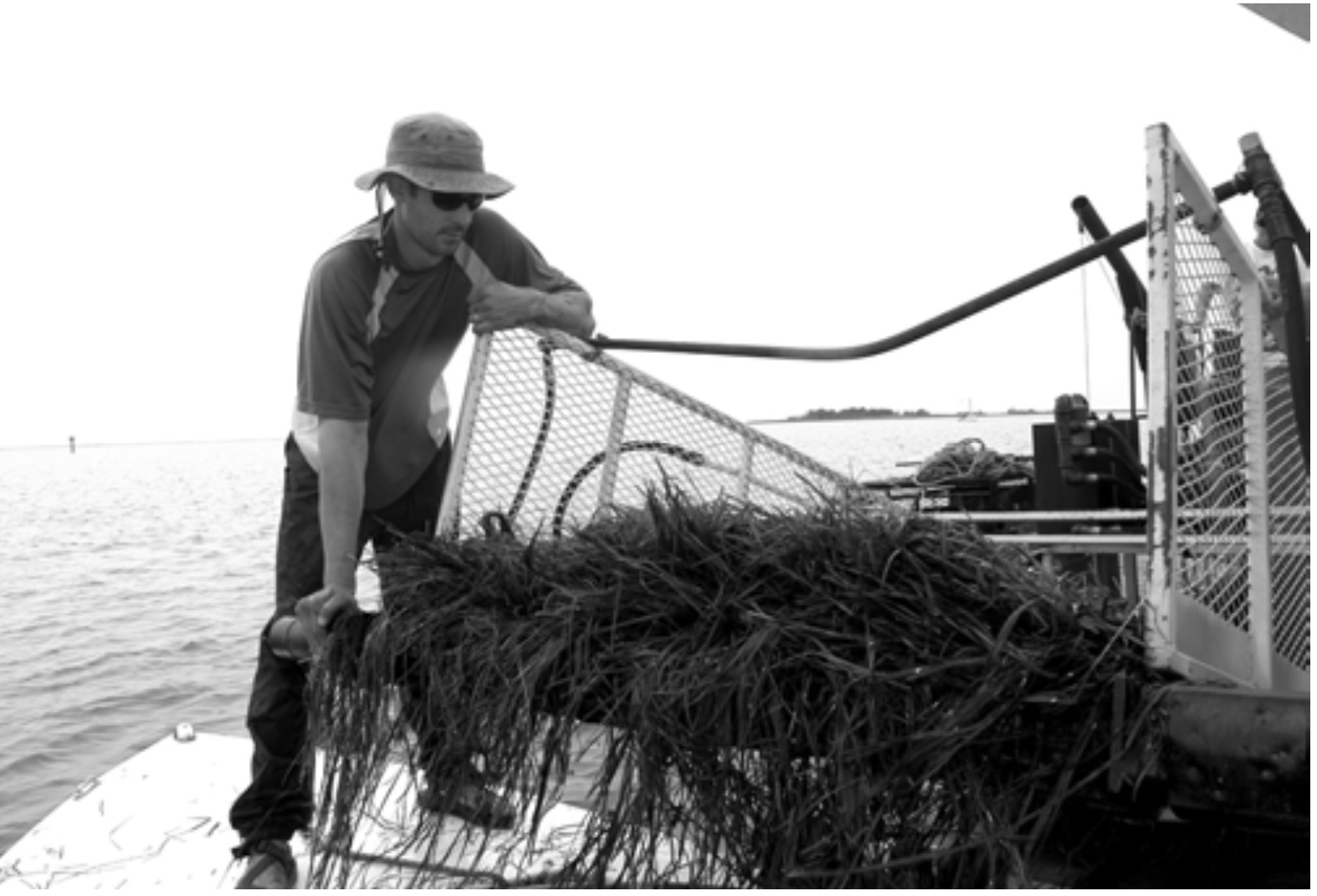The Stormwater Assessment component of a WRE is intended to inform the land use planning process by evaluating suitable receiving waters and land areas to include appropriate stormwater management treatment. It is also intended to ensure that the land use planning process is used as an effective nonpoint source pollution management instrument. This, in conjunction with the management of point source pollution, will help a jurisdiction achieve and maintain its water quality standards.
A local jurisdiction should provide a programmatic assessment that includes a review of all of its stormwater management requirements and the effectiveness of its program implementation. This should include a review of local ordinances, policies and plan approval requirements and enforcement as well as other key components of the program. As part of this guidance document, and to assist local jurisdictions in addressing the WRE, additional tools are listed in the appendix.
It is anticipated that a WRE, as a component of a comprehensive plan, will also include an analysis of nonpoint source nutrient loading and impervious surface changes at a broad planning level of detail. The preliminary assessments suggested in this guidance document are therefore crafted to provide general insights into this process and serve as a starting point for future nonpoint source analyses.

1. Stormwater Programmatic Approach
Watershed protection and planning tools are available to improve local stormwater management programs. In addition to fully implementing the 2000 Maryland Stormwater Design Manual, Volumes I & II, improvements to local ordinances, guidelines and principles may be undertaken. A number of advanced model ordinances, development guidelines and principles are referenced in the appendix . An outline that includes suggested environmental enhancements, mapping, stream protection and stormwater sustainability as additional considerations when preparing programmatic assessments is also included.
2. Nonpoint Source Loading Analysis
The following is a conceptual outline of a planning-level analysis to assess the potential impact of proposed land use changes likely to occur under a comprehensive plan on nonpoint source loads:
- Using the most reliable population and employment projections available, estimate future development for the period of time covered by the comprehensive plan. Determine how the development required to accommodate the projections is most likely to be distributed geographically based on current trends in development activity, and other factors likely to affect development patterns. Map estimated future development identifying development types, population served by sewer versus septic systems, and for residential development, map lot or household density. Ideally, the results will take the form of a geographic information system (GIS) polygon coverage that identifies areas of new development and associated developed land uses and development densities. If it is reasonable to believe that the plan will produce future development patterns that will differ substantially from current trends, a WRE should explain or make reference to information that explains the basis for the differences.
- Using GIS techniques, intersect proposed future land use with existing land use to determine the net change in land uses. This will typically result in changes to the amounts of farmland, forestland and developed land in a jurisdiction.
- Determine the number of onsite disposal systems (septic systems) that are anticipated as a result of the estimated land use changes. Express this in terms of equivalent dwelling units (EDUs) to account for large shared systems and non- residential systems.
- Calculate the net change in stormwater nutrient loadings implied by the change in land use/cover.
- Calculate the increase in nutrient loads due to new septic systems and additional population on sewer services within the watershed, using information from the wastewater section of the WRE. This analysis may account for potential future use of septic denitrification technologies.
- Consider alternative land use plans to minimize nonpoint source loads (note that several iterations of analysis might be necessary).
- Summarize the results and discuss alternatives for future refinements.
The results of the nonpoint source loading assessment should be used to inform the land use, sensitive areas, environmental and other elements of the comprehensive plan that will direct and influence future development. Generally speaking, the analysis is intended to help quantify changes in open space (forest and agricultural lands), impervious cover and nutrient loads to open the way for alternative land use planning options. It will also help identify the most important factors that cause or may mitigate those changes. This will in turn help a jurisdiction identify strategies and implementation procedures that can mitigate or reduce those impacts.